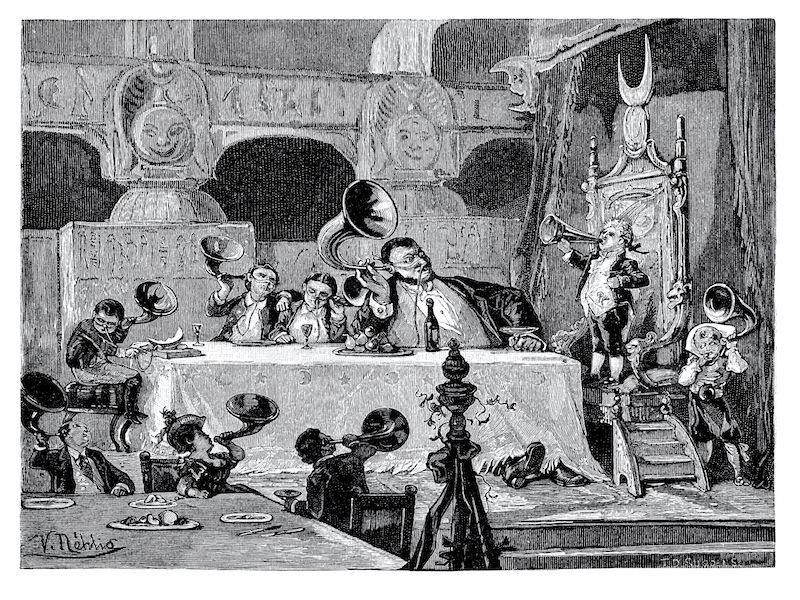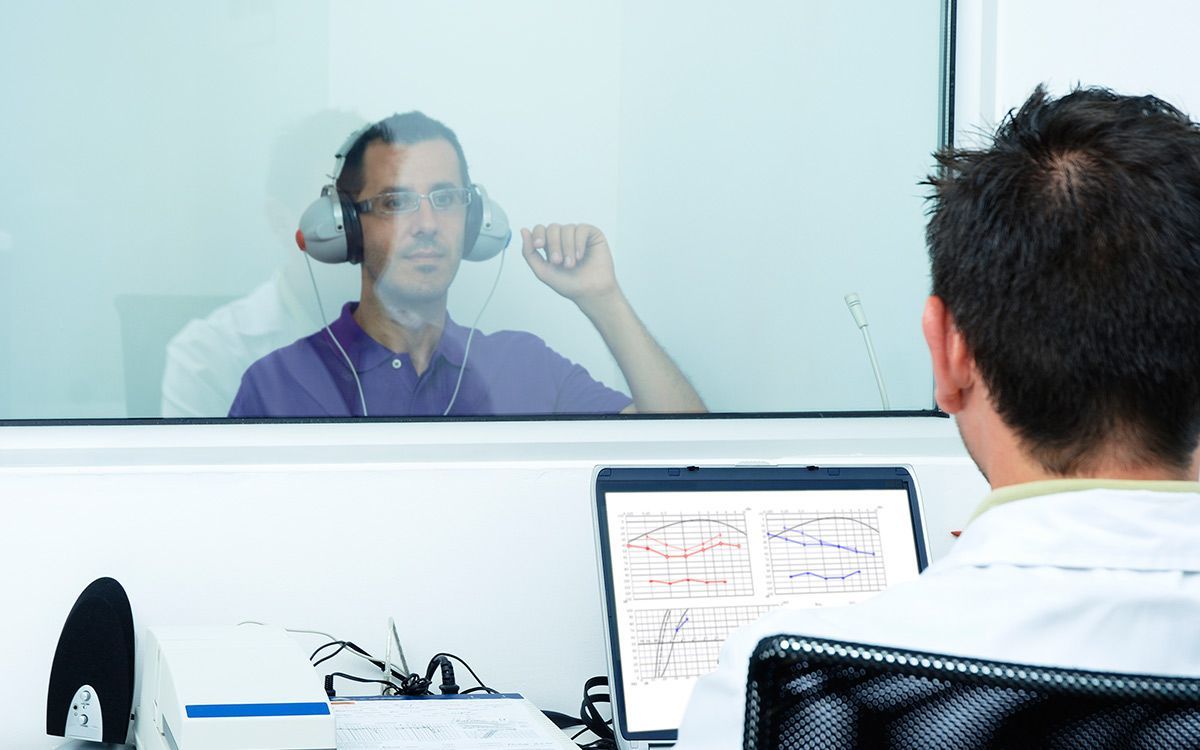The History of Hearing Aids

When it comes to history, there are three different kinds of individuals: those who find history to be amazingly fascinating, individuals who think history is horribly boring, and people who think history is full of aliens.
The history of hearing aids is not about aliens (sorry not sorry). But the true story is probably pretty weird as well. Hearing loss is, after all, a human condition that has been here as long as we have. Because of this, people have been uncovering clever ways to manage hearing loss for hundreds of years, if not longer.
Being aware of the history of your hearing aids can give you a greater appreciation of how your own tiny, digital devices work, and why you should wear them more frequently.
Hearing loss has existed for thousands of years
Archaeologists have discovered evidence of hearing loss that goes back to the dawn of humanity. They can detect indicators of ear pathologies in fossil evidence. It’s fairly cool! Reports of hearing loss also begin appearing as soon as written language is created (for instance, there are numerous Egyptian sources that discuss hearing loss symptoms).
So, clearly, hearing loss is nothing new. And it wasn’t any better then than it is now (this is particularly true because it was harder to manage then). Communication will be a lot harder if you have untreated hearing loss. Friends and family members may become more distant. In a more “hunter and gatherer” type of society, you may also lose your ability to detect danger (resulting in a shorter lifespan).
Humans, thus, have had a strong incentive to address hearing loss going back thousands of years. And they didn’t totally fail at this.
The progression of hearing aid like devices
It’s relevant to note that we don’t have a complete history of the hearing aid. Not all evidence of hearing devices is recorded through time. It’s likely that ancient humans did something to alleviate hearing loss, even if there’s no direct evidence of what that was.
Still, here’s what the known “hearing aid timeline” looks like:
- 1200s: Animal Horns : Some of the earliest known proto-hearing aids were hollowed-out animal horns. Evidence of this type of hearing device goes back to the 1200s, and it’s likely people used them to help minimize the impacts of hearing loss. The idea was that the funnel-shape of a hollowed out animal bone would help conduct sound more directly into the ear. There was no amplification used, so these animal horns weren’t working on the same level as a modern hearing aid (obviously). But it’s likely they give some moderate ability to limit distracting sounds.
- 1600s: Ear Trumpet : The “cone shaped” hearing aid was the prominent configuration for hundreds of years. And that persisted into the seventeenth century, when “ear trumpets” became a desirable means of managing hearing loss. They were known as “ear trumpets” because, well, that’s what they looked like. The narrow end would go inside your ear. They came in a large number of shapes and materials. The early models were quite large and unwieldy. Eventually, clever individuals developed smaller, more collapsible models of these ear trumpets, so people could take them on the go. Again, these were never super effective, because they didn’t amplify sounds. But they could bring sound more directly to your ear.
- 1900s: Electronic Amplification : In the late 1800s, the carbon microphone was developed but wouldn’t be implemented into hearing aid technology until early the 1900s. This should start amplifying and make hearing aids a no-brainer for effectiveness, right? Not really. In the early 1900s, these devices were large, and not really wearable. The base idea was there, but the technology wasn’t refined enough to be truly useful.
- 1920s: Wearable Hearing Devices : Then came vacuum tubes! At one point, believe it or not, those vacuum tubes that powered those bulky television sets were cutting edge technology. These vacuum tubes allowed (relatively) smaller, wearable hearing aids to be manufactured, the size of a backpack. New technologies also allowed better amplification and slightly clearer sound.
- 1940s: Pocket-Sized Hearing Aids : From fitting a hearing aid in a backpack to being able to put one in your pocket or purse, it’s a giant leap! The same impact was now available with less cumbersome technology as a result of the development of the transistor. It became a huge advantage, as a result of this technology, to take your hearing aid with you wherever you went.
- 1970s and 1980s: Hearing Aids Get Smaller : Hearing aids became smaller as technology improved. Hearing aids got substantially smaller in the 1970s and 80s. Consequently, they became more popular and easier to use. Unfortunately, the actual amplification was still rather rudimentary. These hearing aids basically just made everything louder. Most people need something a little more fine tuned to manage their hearing loss, but it was still better than nothing.
- 1982: Digital Hearing Aid : The first digital hearing aid was unveiled in 1982, though it was not available commercially until 1996. Digital hearing aids were a game changer, they provided a better sound quality, more ways to customize amplification, and the ability to put everything into a more discrete package. Treatment for hearing loss has become more successful since the evolution of digital hearing aid.
- 2000s (and Beyond): Hearing Aids Get Wireless and Smart : An increasing amount of innovative technology has been put into these digital hearing aids since they were developed. This started out with Bluetooth wireless connectivity. And currently, modern hearing aids will use machine learning algorithms to help you hear better than ever. Hearing aids are more convenient and more effective as a result of this integration with other technologies.
History’s best hearing aids
For centuries or more, we have been working on relieving hearing loss.
Modern hearing aids can attain that better than at any time in the history of humanity. And because they’re so beneficial, these little devices are also more prominent than ever. They can help with a larger number of hearing issues.
So if you want to get back to connecting with your children or your family or the cashier at the checkout lane, hearing aids can help you do it. (See? No aliens involved.)
Call us and make an appointment to find out what hearing aids can do for you!
Call Today to Set Up an Appointment
References
https://hearinghealthfoundation.org/blogs/hearing-aid-history-ear-trumpets-european-royalty-earbuds


